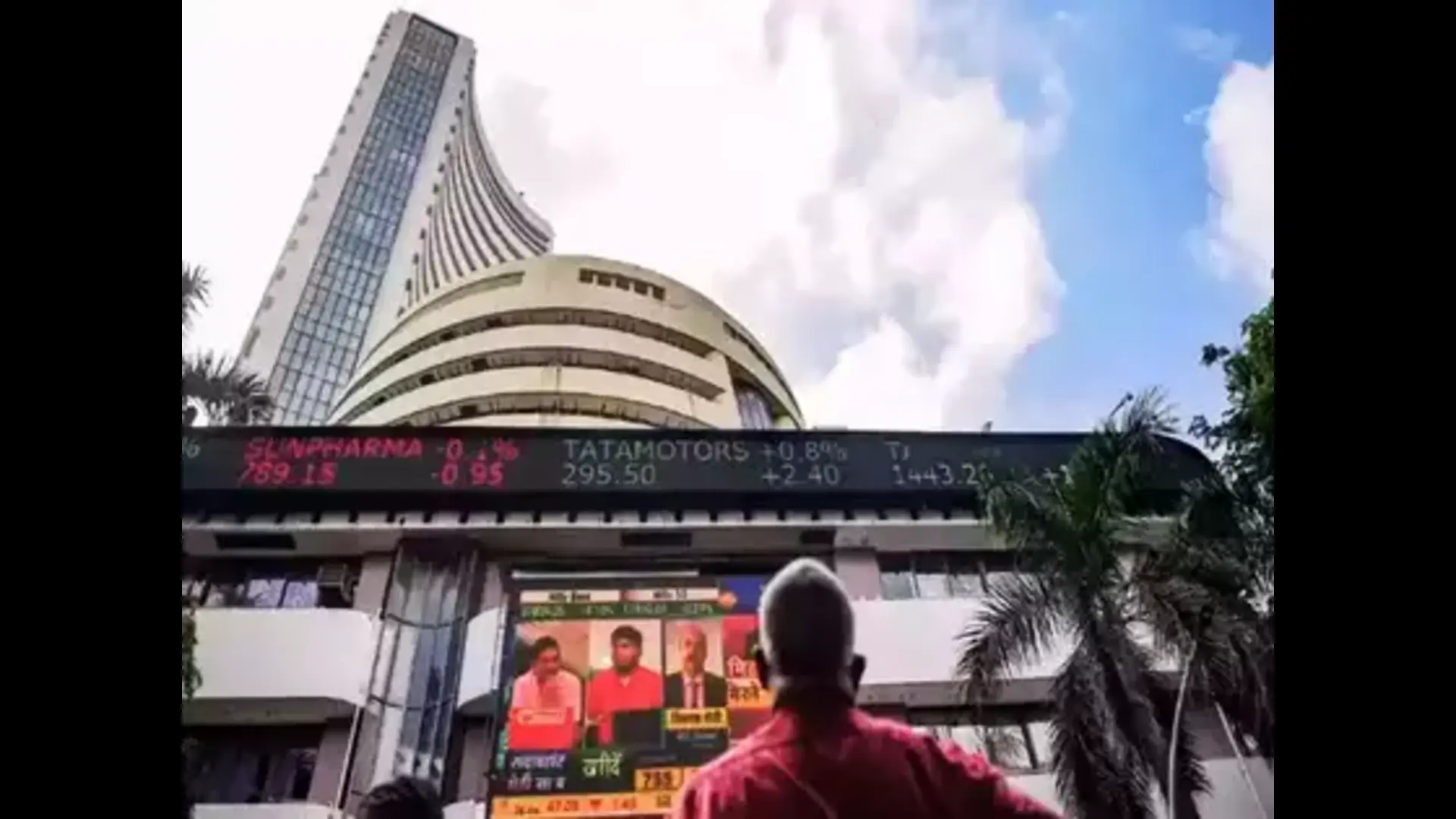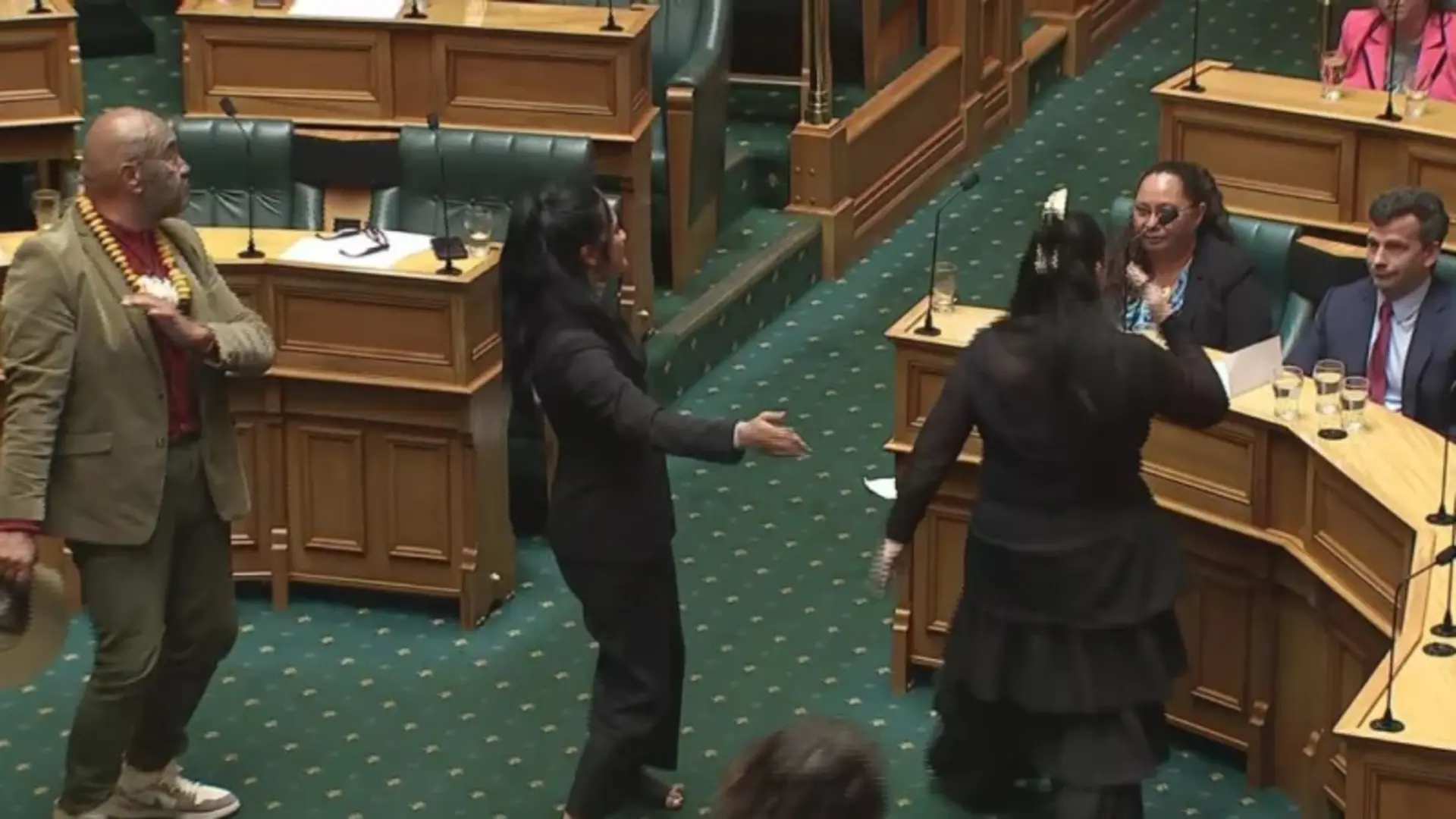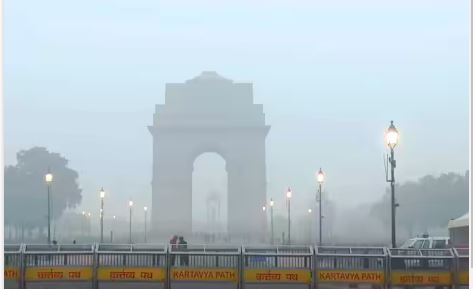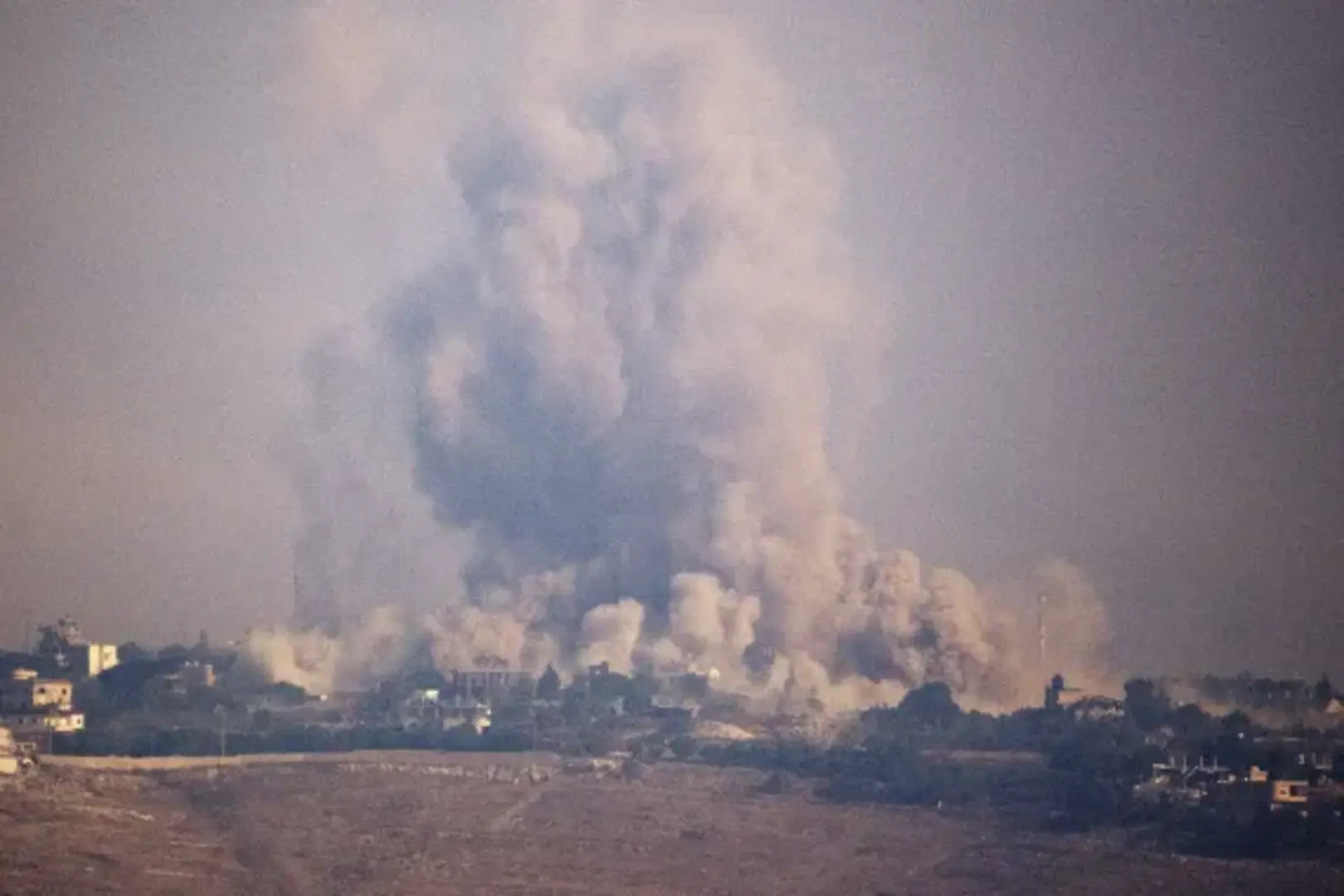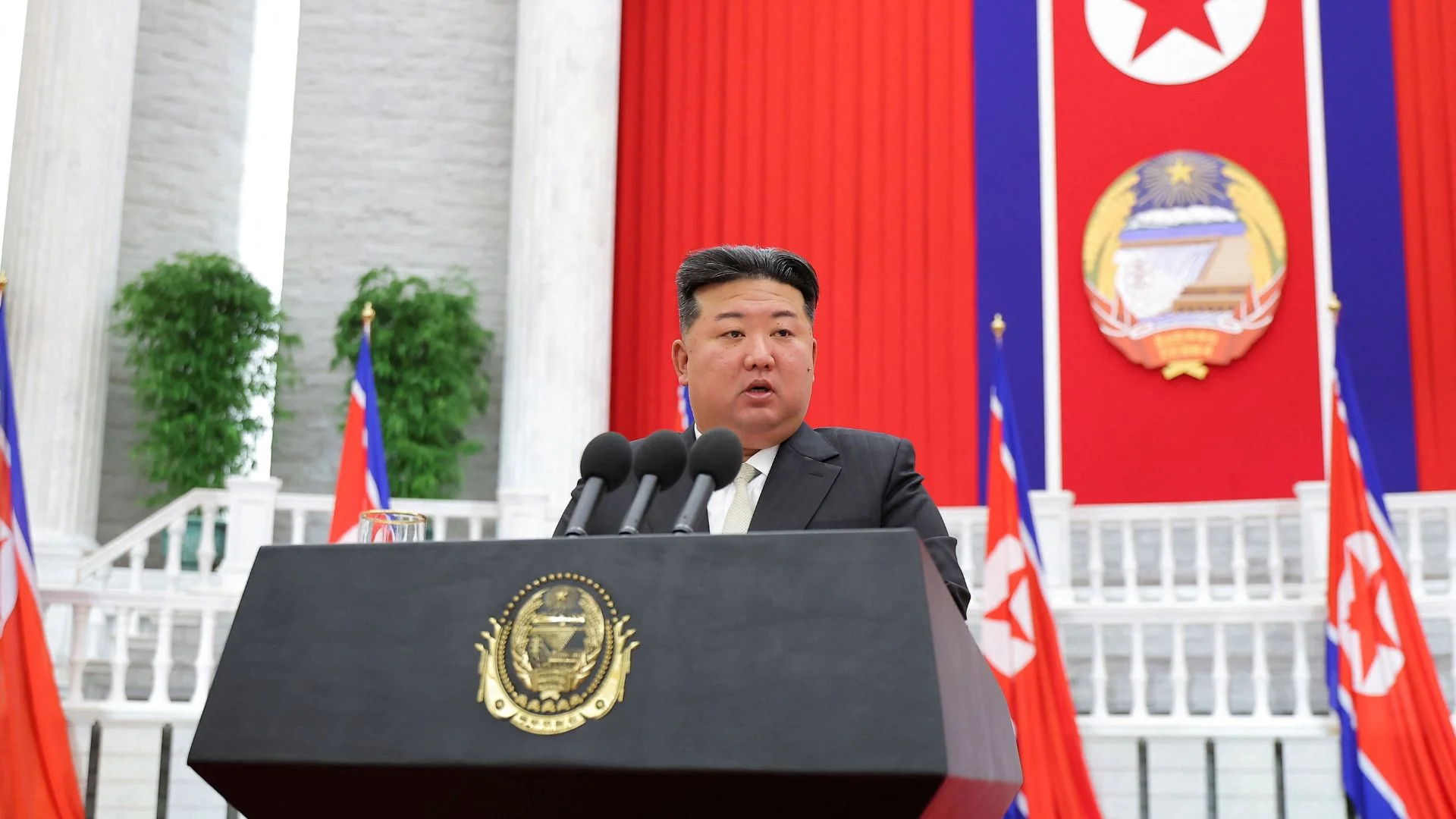
A pandemic invariably leads to a health crisis which also has a fallout on the economy. This has been the trend in almost all the countries reeling under the impact of coronavirus. The crisis additionally posed by the mass exodus of migrant labourers and workers is more or less specific to our country, which is bound to have some far-reaching consequences. For a long time to come the heart-rending images of the migratory efflux will remain as the defining moments of our Covid-19 lockdown.
Having lost their livelihood, without any savings and no hope for the future, lakhs of people have left for their hometowns and villages. In the absence of any transportation for the first month and a half, out of sheer desperation they set out with their meager belongings, to cover sometimes even more than a thousand km trudging on foot. Though their decision, in a way, would seem voluntary, the prevailing circumstances left them with little option.
The present crisis is a multi-dimensional one, but now the focus has shifted almost entirely to the economy and is less on health. In the long run, this may also emerge as a major social issue. Migratory process, its effects and growth of slums in urban areas have been studied comprehensively, but the instant case is that of reverse migration. Earlier, this phenomenon was attributed to individual behaviour and decisions, but in the present context it has assumed the shape of a mass efflux.
A person or a family who have been made to suffer and have been uprooted physically for no fault of theirs are not only bound to be unhappy but also bitter. Given the present situation this bitterness does not appear to be disappearing too soon, as the reason why these people had left their villages in the first place might perhaps confront them in a more aggravated form, now, when they get back. But more of that later.
Under the provisions of the Disaster Management Act, the government had ordered on 24 March that all the employees, be it industry or shops or commercial establishments would have to be paid wages for the period of the lockdown at their work places. Landlords of such workers had also been asked not to charge rent or get the premises vacated. Pursuant to a judgment from the Supreme Court, this order has now been withdrawn as of 18 May, without any alternative arrangement and leaving the migrants and others high and dry.
The Supreme Court ruled that the order of the MHA was violative of the Article 19 (1)(g) of the Constitution in respect of the rights of private firms, though even prior to its withdrawal, the order was being observed more in violation. Perhaps the case for the migrant workers could have been presented more effectively. More glaring is the nonimplementation of the Interstate Migrant Worksmen (Regulation of Employment and Conditions of Service) Act 1979.
Known as ISMW, rules for which were framed under this Act and notified in 1980. The implementing authority for this act are the respective Chief Labour Commissioners, but perhaps they could not foresee the enormity of the situation and could not react in time. Also, the efflux of workers was initially prevented and in fact some action was taken against the officers who had tried to facilitate their movement, but after some time the decision was reversed leading to a lot of confusion in arrangements for transportation.
The registration of workers trying to migrate has begun only now and that too at selective places. The ISMW has specific provisions for such registrations in the normal course of working of the labour department which perhaps was being neglected. It is true that in its original form the Act applied to migrants of only certain classes, but with a small amendment, it could have been extended to all the categories.
Complete neglect of ISMW appears to be one of the factors which may have widened the difference between the workers, labourers, migrants and the administration. Ever since the liberalisation of the economy and prolabour legislations, labour unrest had become a thing of the past. The well-known trickledown effect had been in full play and a record number of people had come above the poverty line. Some of the pro-labour legislation is now in the process of being abandoned. In fact, the higher judiciary has already taken cognisance and asked some pertinent questions favouring the interest of workers.
Experience shows that bringing the economy back on the rails cannot be achieved if the workmen are unhappy. The role of the trade unions would have to be considered afresh in the changed circumstances. They have been more or less dormant during the last two decades and are now coming back with a cause, which may not augur well for the industry as a whole.
An extremely important question which has not been debated so far, is what next? For how long will the migrant workers stay on and whether this efflux is for good? Whatever be the status of a worker in the society, he did have access to a certain level of facilities in an urban area, and having become used to them, would certainly miss them badly. Would it mean that this efflux is a temporary phenomenon and things would normalise in due course? However, considering the alienation that has taken place it does not appear to be coming too soon unless some confidence-building measures for the workers are taken.
This would also entail the reconsideration of some of the regressive laws against the interests of labourers and workers. Alienation of the work force has several manifestations, but one of the worst forms is estrangement of man from man. It would have pained them where it hurt most to see complete lack of empathy amongst sections of society who could have helped in tiding over this crisis. With only a handful of NGOs stepping in to help and some of the government agencies being a letdown, may have led to a further aggravation of the situation.
Increasing the allocation for MGNREGA up to Rs 40,000 crore is a step in the right direction. Though in a limited manner, this can certainly help the migrants tide over the immediate crisis on reaching their villages. The MPs and MLAs who could have undertaken immediate relief measures are handicapped in the absence of their funds having been already diverted. In addition, the existing resources of the state governments having come under severe stress, their borrowing capacities would need to be further enhanced.
In the event that the bulk of migrants do not wish to go back to their original work places, focus will have to be on the creation of appropriate levels of employment opportunities in vicinity. Obviously, investment in the area of rural development and employment would have to increase in affected districts where there has been a sudden influx of population.
The PURA model (Providing Urban Facilities in Rural Areas), as suggested by former President A.P.J. Abdul Kalam, can also be taken into consideration. Today, a much greater responsibility lies with the state governments that not only have to provide the arrivals with medical care but also treat them with empathy and help absorb them in the existing social milieu physically, psychologically and economically
